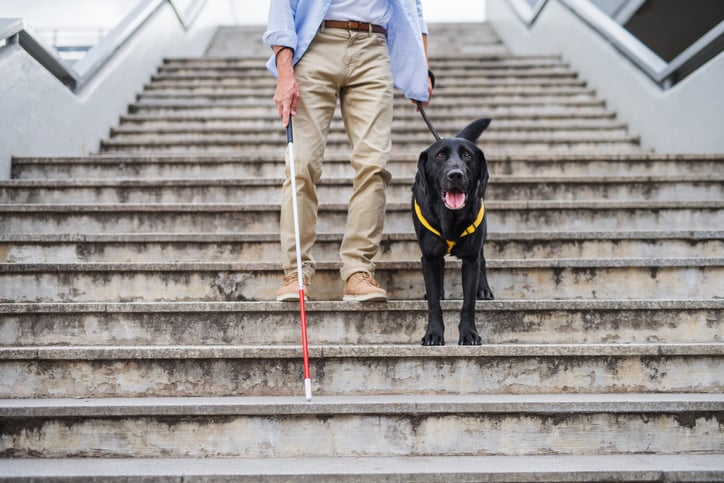In the ever-evolving healthcare landscape, it is crucial to prioritize inclusivity to deliver top-notch care to all patients. This is especially significant when tending to LGBTQ+ individuals, who often encounter distinct obstacles and inequalities in healthcare.
As Nurses, we play a vital role in championing patient care and establishing a warm and inclusive environment. Here are some practical suggestions to promote inclusivity for LGBTQ+ patients in healthcare settings.
Educate Yourself and Your Team
Continuous Education: Keep up to date with LGBTQ+ health issues, terminology, and cultural competence through ongoing training and professional development. This involves gaining an understanding of the unique health risks and concerns that LGBTQ+ patients may encounter.
Resource Utilization: Make use of available resources such as the Human Rights Campaign’s Healthcare Equality Index and the National LGBTQIA+ Health Education Center to stay updated on best practices.
Use Inclusive Language
Respectful Communication: Always use the patient’s preferred name and pronouns. It's perfectly okay to ask kindly, "What name and pronouns would you like me to use?"
Avoid Assumptions: Avoid assuming a person’s sexual orientation, gender identity, or relationships. Instead, use gender-neutral language like “partner” rather than “husband” or “wife,” until the patient informs you otherwise.
Create a Welcoming Environment
Visible Signs of Support: Show your support for inclusivity by prominently displaying symbols such as rainbow flags or Safe Zone stickers in common areas and on your name badge. These small gestures can greatly enhance patients' comfort levels.
Inclusive Intake Forms: Make sure intake and medical history forms are inclusive, providing choices for different gender identities and sexual orientations. Be sure to include a section for patients to specify their preferred name and pronouns.
Foster a Non-Judgmental Atmosphere
Active Listening: Listen attentively and compassionately to your patients' concerns and experiences without any hint of judgment. Validate their feelings and experiences to foster trust and rapport.
Confidentiality Assurance: Reassure patients that their confidentiality is a top priority. It's important to acknowledge that LGBTQ+ individuals may have concerns about privacy due to past experiences of discrimination.
Advocate for Inclusive Policies
Policy Development: Advocate for the implementation of non-discrimination policies within your healthcare facility that explicitly include sexual orientation and gender identity.
Inclusive Training: Encourage your institution to provide regular training on LGBTQ+ inclusivity for all staff members, including administrative and support staff.
Address Health Disparities
Screening and Preventive Care: Be mindful of the specific health risks LGBTQ+ patients may face, including higher rates of mental health issues, substance use, and certain cancers. It is important to customize screening and preventive care to address these unique risks.
Mental Health Support: Recognize the importance of mental health support for LGBTQ+ patients, who may experience higher rates of anxiety, depression, and suicidal ideation. Provide referrals to LGBTQ+-friendly mental health professionals when necessary.
Create Support Networks
Peer Support: Facilitate the creation of support groups for LGBTQ+ patients within your healthcare facility. Peer support can be a valuable resource for individuals facing similar challenges.
Community Resources: Familiarize yourself with local LGBTQ+ organizations and resources that can offer additional support and services to your patients. Provide this information to patients as part of their care plan.
Creating an inclusive environment for LGBTQ+ patients is not only a professional responsibility but also a moral imperative for Nurses. By educating ourselves, using inclusive language, fostering a welcoming atmosphere, and advocating for supportive policies, we can ensure all patients receive the compassionate and respectful care they deserve. Our dedication to inclusivity can greatly enhance the healthcare experiences and outcomes for LGBTQ+ individuals, ultimately contributing to a more fair and just healthcare system.


 Vision impaired patients face many challenges when visiting hospitals for treatment. There are different ways staff and hospital design can help assist patients who are struggling.
Vision impaired patients face many challenges when visiting hospitals for treatment. There are different ways staff and hospital design can help assist patients who are struggling.